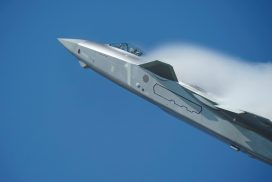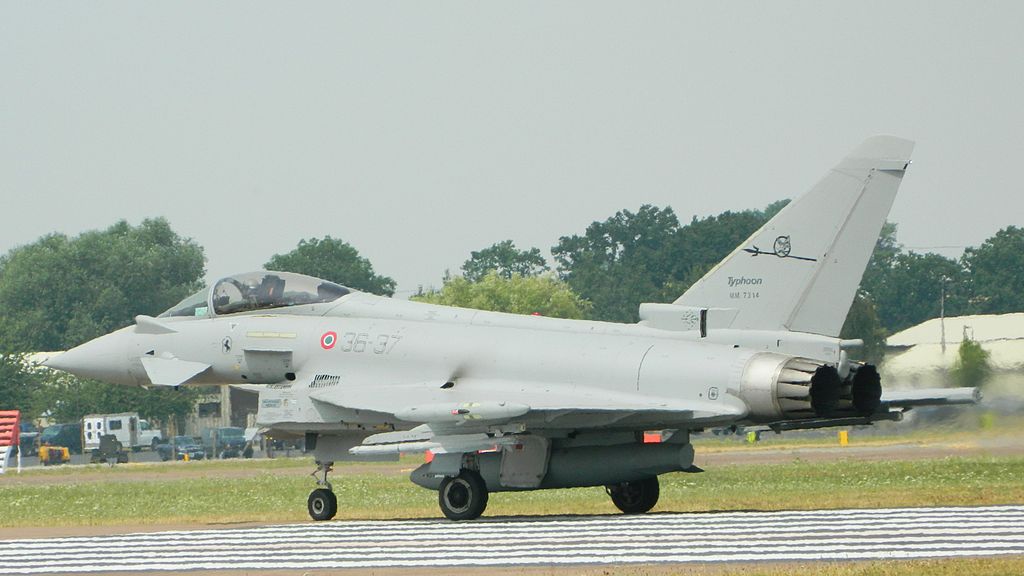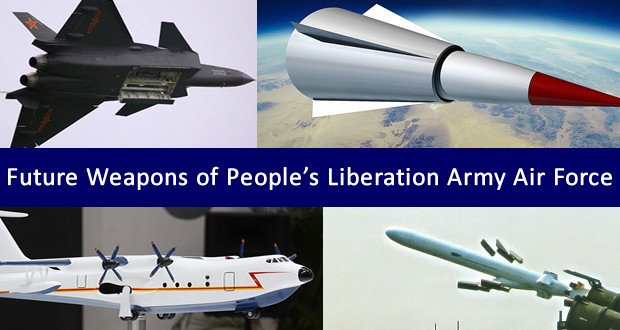a onblur=”try {parent.deselectBloggerImageGracefully();} catch(e) {}” href=”http://bp3.blogger.com/_RRbP6fpJWAc/R_IoDm9B1PI/AAAAAAAAAdg/bGQS8dDy2q4/s1600-h/240px-Redflagalaska.jpg”img style=”margin: 0pt 10px 10px 0pt; float: left; cursor: pointer;” src=”http://bp3.blogger.com/_RRbP6fpJWAc/R_IoDm9B1PI/AAAAAAAAAdg/bGQS8dDy2q4/s320/240px-Redflagalaska.jpg” alt=”” id=”BLOGGER_PHOTO_ID_5184250163518100722″ border=”0″ //aRED FLAG is an advanced aerial combat training exercise hosted at Nellis Air Force Base, Nevada and Eielson Air Force Base Alaska. Since 1975, air crew from the United States Air Force (USAF) and other U.S. military branches and allies take part in the exercises, each of which is six weeks in duration.br /br /The Red Flag exercises, conducted in four-to-six cycles a year by the 414th Combat Training Squadron of the 57th Wing, are very realistic aerial war games. The purpose is to train pilots from the U.S., NATO and other allied countries for real combat situations. This includes the use of “enemy” hardware and live ammunition for bombing exercises within the Nevada Test and Training Range.br /br /RED FLAG-Alaska participants are organized into “Red” defensive forces and “Blue” offensive forces. “White” forces represent the neutral controlling agency. The defensive force includes ground-control intercept and surface air defense forces to simulate threats posed by potentially hostile nations. These forces generally employ defensive counter-air tactics directed by ground-control intercept sites. Range threat emitters – electronic devices which send out signals simulating anti-aircraft artillery and surface-to-air missile launches – provide valuable surface-to-air training and are operated by a civilian contractor as directed by 353d Combat Training Squadron technicians. The offensive force includes the full spectrum of U.S. and allied tactical and support units. Because the defensive and offensive forces meet in a simulated hostile, non-cooperative training environment, the job of controlling the mock war and ensuring safety falls to the White neutral force.br /br /On an average, more than 700 people and up to 60 aircraft deploy to Eielson, and an additional 500 people and 40 aircraft deploy to Elmendorf Air Force Base, for each RED FLAG-Alaska exercise. Most participating RED FLAG-Alaska units arrive a week prior to the actual exercise. During that time, aircrews may fly one or two range orientation flights, make physical and mental preparations, hone up on local flying restrictions, receive local safety and survival briefings, and work on developing orientation plans.br /br /During the two-week employment phase of the exercise, aircrews are subjected to every conceivable combat threat. Scenarios are shaped to meet each exercise’s specific training objectives. All units are involved in the development of exercise training objectives. At the height of the exercise, up to 70 jet fighters can be operating in the same airspace at one time. Typically, RED FLAG-Alaska conducts two combat missions each day.br /br /All RED FLAG-Alaska exercises take place over Alaskan and Western Canadian airspace. The entire airspace is made up of 17 permanent military operations areas and high altitude training areas, plus two restricted areas, for a total airspace of more than 67,000 square miles.br /br /Aircrews aren’t the only ones who benefit from the RED FLAG-Alaska experience. Exercises provide an operations training environment for participants such as unit-level intelligence experts, maintenance crews, and command and control elements.br /br /By providing generic scenarios using common worldwide threats and simulated combat conditions, RED FLAG-Alaska gives everyone an opportunity to make the tough calls combat often requires.br /br /h2span class=”mw-headline”Countries that have taken part in Red Flag:/span/h2United Statesbr /United Kingdombr /Denmarkbr /Norwaybr /Indiabr /South Koreabr /Israelbr /Italybr /Egyptbr /Germanybr /Japanbr /Canadabr /Australiabr /New Zealandbr /Singaporebr /Swedenbr /Turkeybr /Saudi Arabiabr /Venezuela (1992 amp; 1996)br /France (August 2008)br /Brazil (August 2008)br /Spainbr /Netherlandsbr /Russia (Expected participation)
Menu
Copyright © 2007- 2025 • Defence Aviation • All Rights Reserved. Reproduction without explicit permission is prohibited.



